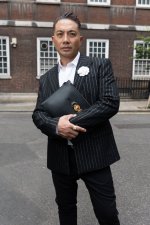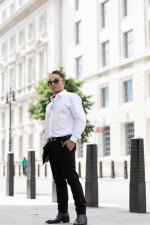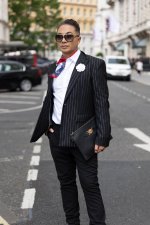- Messages
- 3
- Edit My Images
- Yes
I am looking to take my portraits to the next level. I have used off camera flash once using the following below and was not overly pleased with the result compared to using no flash. I aimed for a 45 degree angle using high speed sync flash. I also noticed that shooting at a f/1.4 aperture was extremely soft and blurry, at f/4, it was much sharper.
* Camera: Canon R6
* Lens: Sigma ART 35mm 1.4 & EF 70-200ii 2.8
* Diffuser: 33mm White Umbrella
* Bracket: Godox S2 Bracket
* Stand: Neewer
* Flash: Godox V1C
Any advice on technique, gear, angles would be much appreciated.
* Camera: Canon R6
* Lens: Sigma ART 35mm 1.4 & EF 70-200ii 2.8
* Diffuser: 33mm White Umbrella
* Bracket: Godox S2 Bracket
* Stand: Neewer
* Flash: Godox V1C
Any advice on technique, gear, angles would be much appreciated.






